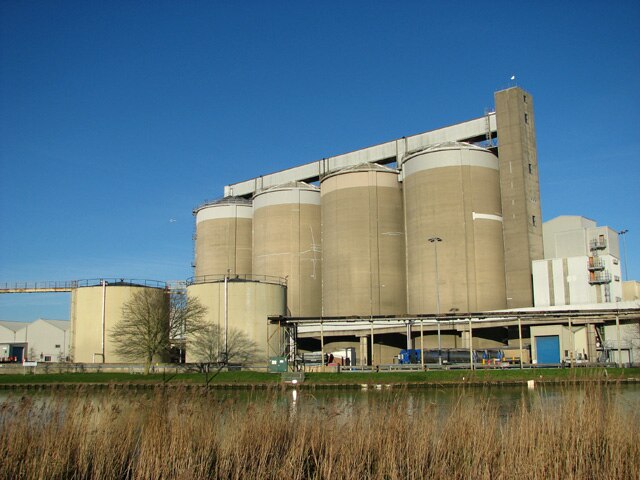The first beet deliveries for the 2025-26 UK sugar processing campaign have reached a newly revamped sustainability factory at Newark, east-central England.
According to the Newark Advertiser, initial beets arrived on September 30, 2025 at the upgraded £1-million ($1.347 million) eco-friendly premises.
After belatedly closing the 2024-25 season in March, the factory is readying for another annual sugar production median of 200,000 tonnes.
With yearly sugar beet receipts of 1.5 million tonnes, the facility helps British Sugar factories utilize 7.7 million tonnes of beets, as of 2024-25.
The British Sugar company is investing heavily on green technologies via the above ‘Newark Reliability’ and Bury St Edmunds factory.
According to a Sugar Producer report, the plant at Bury in East Anglia will reduce pollution annually by 20,000 tonnes of C02 equivalent.
The reduction accrues to new installations of evaporators at a cost of £19.5 million ($26.3 million). The investment was still ongoing at the close of the 2024-25 production year this March.
For the Newark hub, the focus has been improving stability for honing yearlong reliability during sugar processing.
This plant on the Great North Road lagged by a week behind others in the foregoing beet conversion season, hence the upgrade.
According to the general manager of the site, Martin Lambon, each stakeholder is eager to see the “factory going again.”
So, responsible sugar production informs British Sugar’s focus in 2026, at a time when sugar markets are also changing. In January 2025, the UK sugar price inflation was at 113 units, the lowest since August 2023, reflecting downward global changes. The following stats explore the outlook further by examining the market and production at large.
UK Sugar Production, Price and Market Statistics
Sugar beets make up the bulk of sugar processing raw material in the UK. The country produces 8 million tonnes of beets annually, as of 2013, and processes 7.7 million tonnes into sugar, as of 2025. The British Sugar company has the production mandate: in the 2024-25 season it converted 1.1 million tonnes of raw sugar from beets. It supplies the domestic market with 60% of its needs and imports the rest from mainly Europe.
How does the sugar marketing industry in the UK function?
After sugar leaves factories, it goes to confectionary makers or directly to the wholesale outlets. The sugar processing sector earns £830 million pounds ($1.12 trillion) annually, while confectionary sales and granulated sugar wholesale generate £8.5 billion ($11.5 billion). The sales value is usually impacted by the pricing dynamics, whose historical changes appear in the section below.
How did the UK sugar retail price inflation change historically?
From 2010 through early 2025, the UK’s sugar price inflation hiked in 2011 and the early 2020s but lulled between 2012 and 2019. The following tally selects months with the most changes from the UK government’s data .
| Month-and-Year | Retail Price Inflation [RPI] |
| January 2025 | 113 points |
| November 2023 | 118 points |
| November 2022 | 91 points |
| March 2021 | 68 points |
| January 2020 | 77 points |
| April 2014 | 104 points |
| December 2011 | 108 points |
